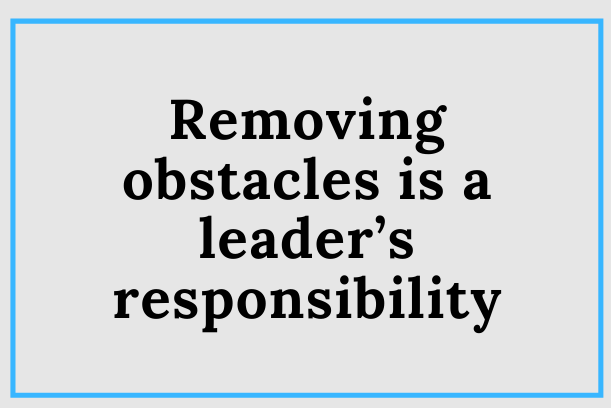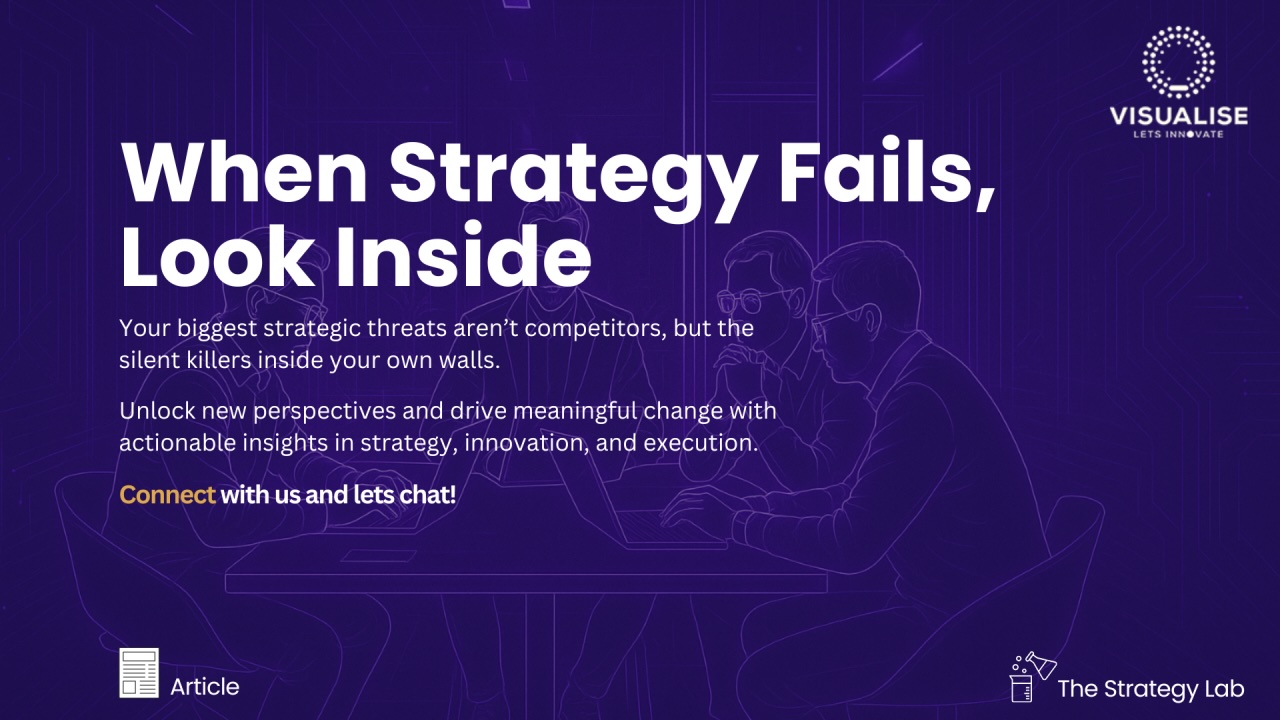Mar15

Motivating people at work can be challenging, but it is essential to building a positive and productive workplace. There are two main types of motivation: intrinsic and extrinsic motivation. Understanding these two types of motivation can help you develop strategies to encourage and support your employees.
The best way to understand extrinsic motivation and intrinsic motivation is the difference between being pulled by a rope and being pushed by a sail.
Extrinsic motivation is like being pulled by a rope. It involves external factors, such as rewards, punishments, or social pressure, that motivate you to take action. It's like someone pulling you along towards a goal, and you are not necessarily enjoying the journey or the process but rather the end result.
Intrinsic motivation, on the other hand, is like being pushed by a sail. It involves internal factors, such as personal values, interests, or a sense of enjoyment and fulfillment in what you are doing, that motivate you to take action. This type of motivation often leads to higher engagement, creativity, and overall job satisfaction. For example, an employee who is passionate about their work is more likely to put in extra effort and come up with innovative solutions to problems. It's like a sail that catches the wind and propels you forward because you're genuinely interested in what you're doing, and it's inherently rewarding to you.
So, while being pulled by a rope can be effective in getting you to take action, it may not be sustainable or enjoyable in the long run. But on the other hand, being pushed by a sail can help you find deeper satisfaction and enjoyment in what you're doing, leading to greater motivation, creativity, and a sense of fulfillment.
Finding a balance between intrinsic and extrinsic motivation is crucial to motivate employees effectively. Here are some tips to help you do that:
Create a positive work environment: A supportive and inclusive workplace can help employees feel valued and motivated to do their best. Encourage collaboration and open communication, and celebrate successes to foster a positive atmosphere.
Offer opportunities for growth and development: Employees who feel they are learning and growing are more likely to be intrinsically motivated. Therefore, offer training, mentorship programs, and opportunities for career advancement to help employees reach their full potential.
Provide meaningful work: When employees understand the purpose of their work and how it contributes to the organization's goals, they are more likely to feel motivated and engaged. Encourage employees to take ownership of their work and provide regular feedback on their progress.
Offer rewards and recognition: Extrinsic motivation can be a powerful tool, but it should be used with intrinsic motivation. For example, offer recognition for a job well done, and provide financial incentives for meeting specific goals. Just be sure to also recognize and reward employees for their contributions to the team, not just for individual achievement.
By creating a positive work environment, offering opportunities for growth and development, providing meaningful work, and offering rewards and recognition, you can help your employees stay motivated and engaged. Remember, each person is unique, and what motivates one person may not work for another. Therefore, it is essential to be flexible and adapt your approach to meet the needs and preferences of each employee.
Keywords: Coaching, Leadership, Management
 Are You Setting The Direction?
Are You Setting The Direction? There Seems to be Some Confusion: Exit vs Succession
There Seems to be Some Confusion: Exit vs Succession  When Strategy Fails, Look Inside
When Strategy Fails, Look Inside The Modular Ascent: Integrating Gemini 3, V-JEPA, and World Models for Aviation AGI
The Modular Ascent: Integrating Gemini 3, V-JEPA, and World Models for Aviation AGI Mark Lynd's 2026 Cybersecurity Predictions
Mark Lynd's 2026 Cybersecurity Predictions